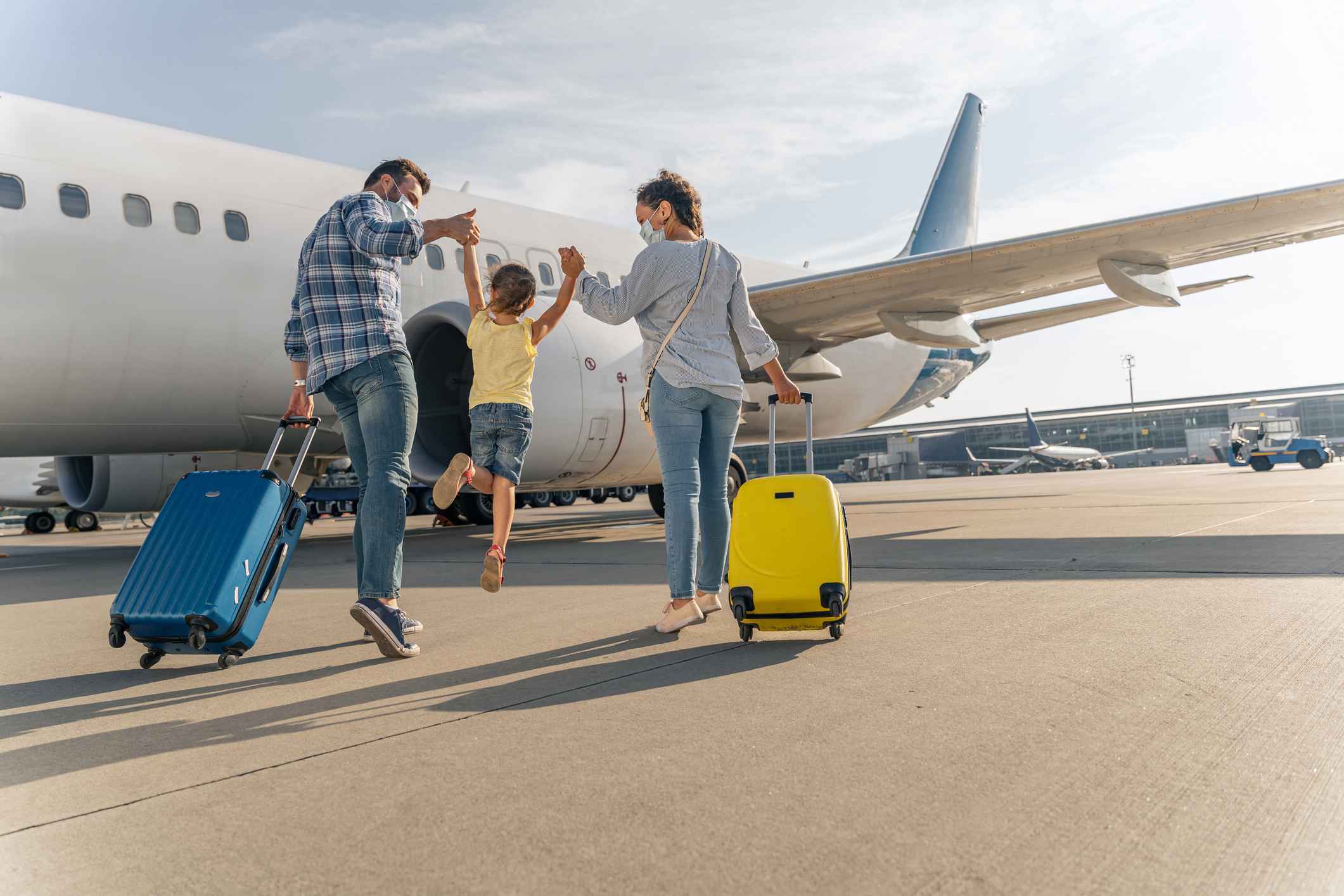Flying off to a foreign country or even taking a long flight can disrupt your sleep schedule and internal clock. Almost everyone has a period where his/her body will want to go to sleep. Typically, this is between 11 p.m. and 7 a.m., also known as the circadian window. According to Charlene Gamaldo, (medical director at Johns Hopkins Center for Sleep), flying across two or more time zones puts a considerable strain to your body, and especially the circadian window. Planning for such a trip in advance can however save you a great deal.
Here are a few tips and tricks on how to avoid sleep disruptions.

1. Plan Ahead
Gamaldo recommends planning for the trip in advance, and at least three days before the D-day. To do this, move your bedtime an hour early/late depending on the time zone you will be traveling to. Continue adding/subtracting an hour to the same each day. Doing this helps the body readjust accordingly, hence won’t struggle to adapt to the new time zone. According to her, your body only needs a day to adjust to new sleeping schedules at least by an hour.
In order to plan ahead you need to make sure you are getting the best quality sleep before embarking on your trip. If you are in need of a new mattress, as many of us are, take a look at dreamcloud and find the perfect fit.
2. Try to Adapt to The Local Schedule
Upon landing to the destination, try to go with the local flow to enable the body and mind sync up. If on a long flight, try to get as much sleep as possible on the plane. This way, you will arrive feeling rested. Do some research to know what time you will be landing to your destination. If the plane is scheduled to land at night, you might then want to stay awake during the flight for as long as you can.
3. Stick to the 2-Day Rule
Do not try to change your sleep routine if only traveling for less than two days. Your body won’t notice the change in time zones at all – at least by the time you fly back home. Be sure to request any meetings and obligations to be done during your most active time of the day – according to your time. If you, however, are traveling for more than two days, you should consider making a few adjustments.
4. Take Advantage of The Light
If the plane will be touching down in the morning hours, consider bringing a pair of sunglasses with you. This should help minimize sunlight exposure when you arrive. Be sure to get as much sunlight as possible in the late morning and afternoon to help the body make the switch. The main idea here is to push your circadian window closer to bedtime. If traveling westward, get some sunshine in the evening. Consider eating outdoors or walking during this time to push your sleeping routine as well.
5. Put in Some Body Exercise
Once at your destination, take a warm shower early in the morning. Consider going for a morning walk to help the system ‘wake’ up. Taking a walk in the morning and having a hot shower after that increases your body temperature – this triggers the circadian rhythm.
6. Take Melatonin Supplements
Melatonin is the hormone responsible for sleep. Taking melatonin pills (10mg) a few hours towards bedtime should help you fall asleep faster. The supplement helps prepare the body for rest by raising the level of melatonin in your system. This is recommended if having trouble readjusting to the new time zone or falling asleep.
Melatonin pills shouldn’t, however, be used to treat jet-lag, but to help boost the natural production of melatonin at the required time. According to Gamaldo, getting some light exposure during the day may help rest your internal clock.








